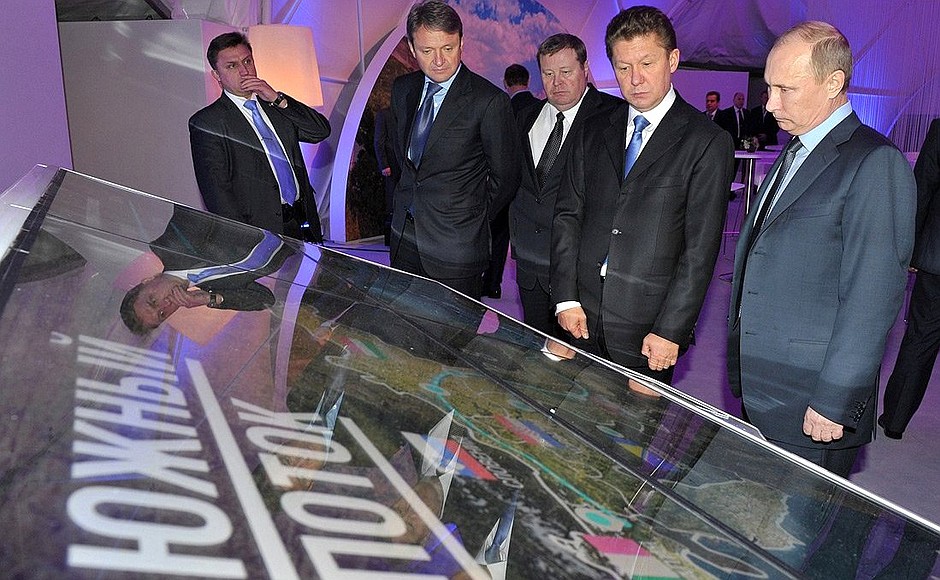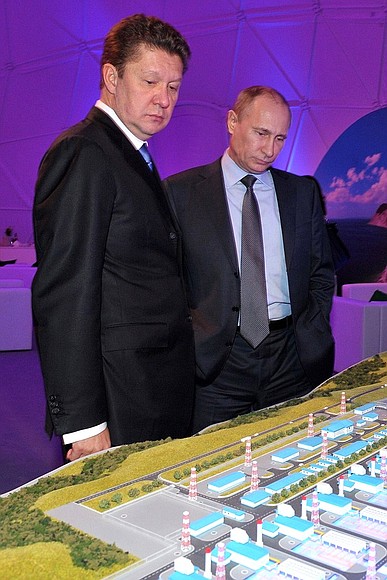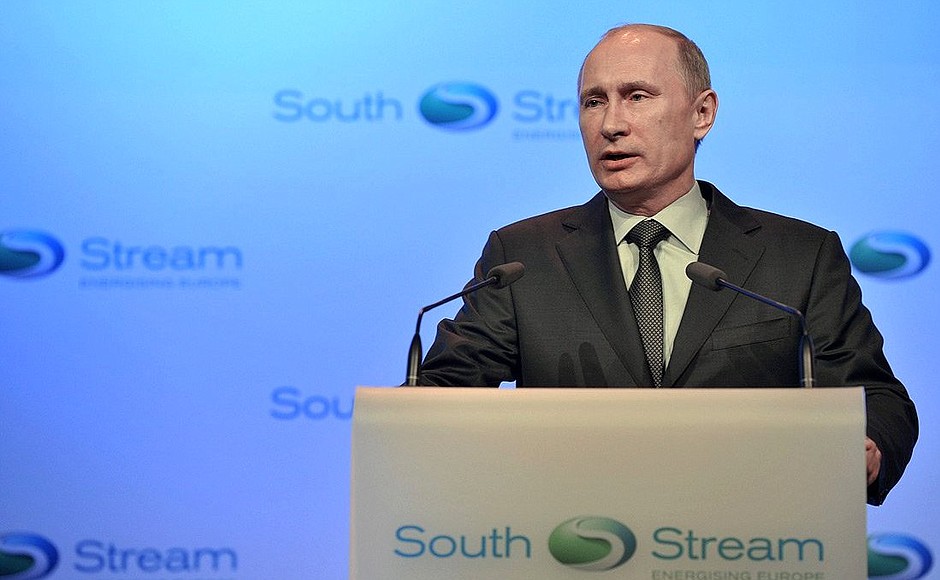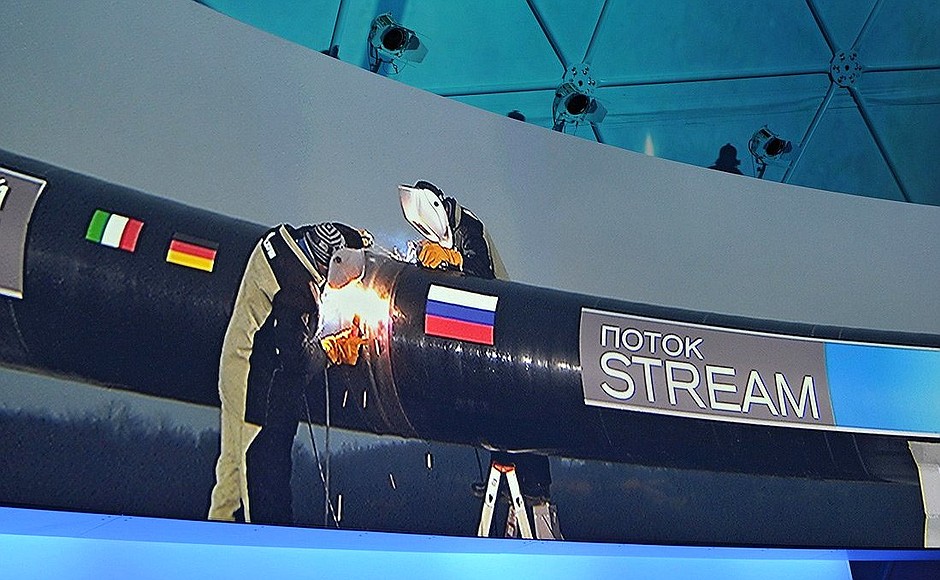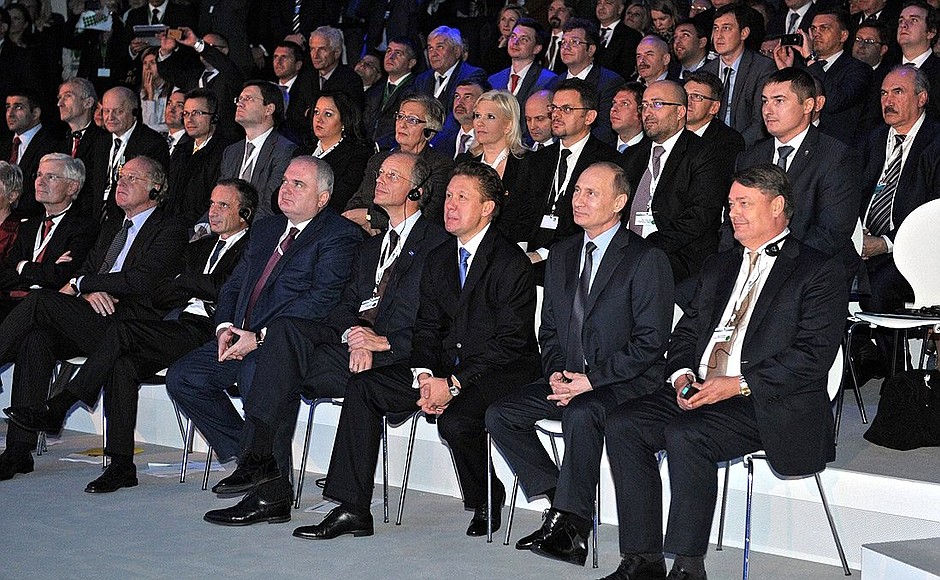The gas pipeline system will be laid across the Black Sea bed and then cross Bulgaria, Serbia, Hungary, and Slovenia, finally reaching northern Italy. The pipeline will branch off from the Serbian section to Croatia and Republika Srpska.
South Stream, one of the world’s biggest infrastructure projects, aims to bolster Europe’s energy security by diversifying natural gas supply routes.
* * *
President of Russia Vladimir Putin: Colleagues, friends and our guests from abroad,
We welcome you to this big event today.
It is a big event not just for Russia’s energy sector, but for the energy sector in the whole of Europe.
Today marks the start of practical implementation of one of the biggest infrastructure projects – construction of a gas pipeline system crossing the Black Sea. Along with the Nord Stream, which crosses the Baltic Sea, South Stream will ensure reliable, guaranteed Russian gas supplies to our main consumers in Europe, in Southern Europe in this particular case.
There is no doubt that this project has become an international one, with many European countries taking part. It is enough to say that the project’s first stage will see the pipeline system extend to at least six countries: Bulgaria, Serbia, Hungary, Slovenia, Italy and Croatia. Our biggest Western European partners – France, Germany, and Italy – are taking part in the project.
The project has the political backing of all of the partner countries. The international agreements have all been signed and the investment decisions approved.
The project has the political backing of all of the partner countries. The international agreements have all been signed and the investment decisions approved.
Sixty-three billion cubic metres of gas is a big amount. Russia has already begun the necessary work at home to ensure it can deliver these supplies. We will increase and expand our transportation capacity, building 10 new pumping stations so as to bring more gas from up to 2,500 kilometres away to the Black Sea.
The work began back in 2010. I want to thank all of our partners for understanding the importance of this joint effort. I am sure it will be a success.
Now we begin actually carrying out this big project and today will witness the welding of the South Stream pipeline system’s first section.
Let’s begin.
<…>
First of all, I want to thank the workers who just welded this first section, and congratulate them on the start of work. Second, I want to say that this project, like the Nord Stream project, will be carried out in accordance with the most advanced standards.
We have already made a thorough study of the Black Sea area, through which the pipeline will be laid, and I can assure everyone taking part that this project will be carried out in accordance with the highest possible environmental standards.
I remind you that Nord Stream system, if I recall correctly, has around 1,000 data sensors that transmit information in real time to the relevant satellite system, which then sends the information on to all of the countries involved along the entire length of the pipeline. We will do the same thing here.
I am certain that not only will the project not cause the slightest harm to the Black Sea’s environment, but, on the contrary, as was the case with the Baltic, the studies and analysis carried out will help us to keep the sea clean and safe.
I congratulate all of you on the start of work.
